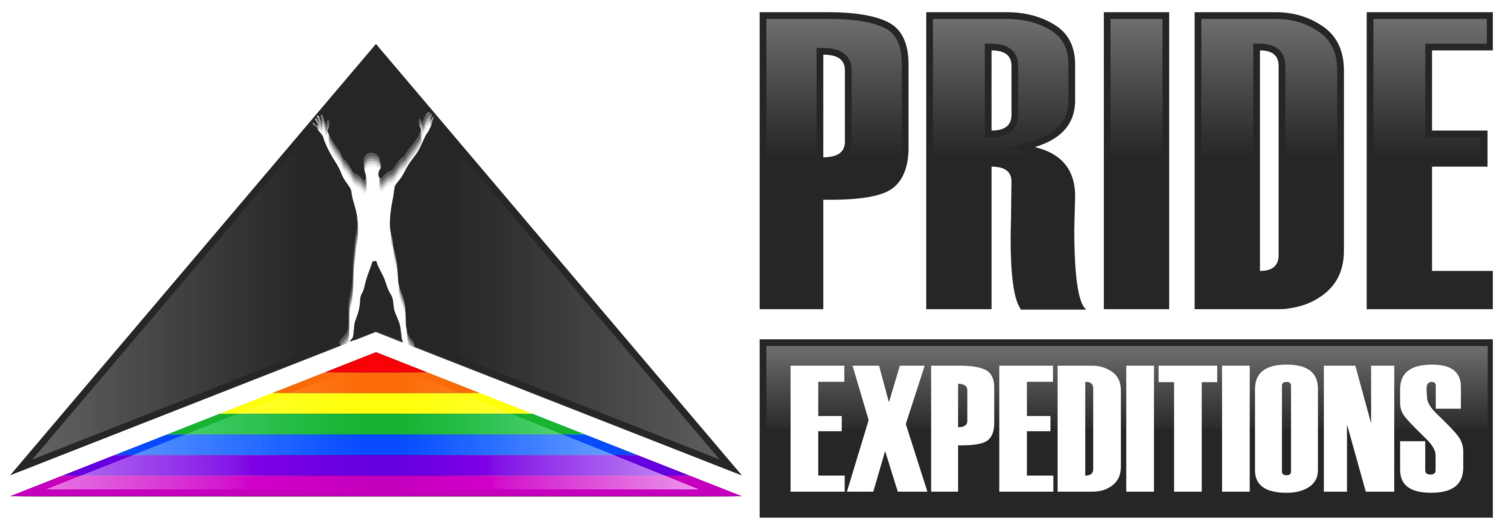Provisions for medical evacuation when trekking on Kilimanjaro
When planning our expeditions we want to provide our clients with an enjoyable and unique experience in an amazing place with supportive people. Despite all this, at the forefront of our mind is always our client safety.
Although not a hugely remote mountain in comparison to other trekking areas we visit, Kilimanjaro provides some logistical challenges when dealing with sick or injured people high on the mountain. When planning a trip last February we thought about likely scenarios people face while high altitude trekking and thought how best to deal with these scenarios logistically.
Once is has been decided that a person needs to descend obviously walking them down is by far the best option. If They are too injured or sick to walk down there are various options depending on what side of the mountain you are on.
The principle routes up Kilimanjaro
Western side of the mountain – Lemosho, Shira Plateau and Machame
We principally use the Western side of the mountain and therefore we know the most about how to get sick people down here!
There is vehicular access on the Western side of the mountain to just below New Shira camp/Shira hut. This is known as Shira Evacuation Point and is at 3800m. The park wardens will organize a rescue vehicle to assist you to the Londrossi gate. This evacuation is handy for those on the Lemosho Glades and the Machame route. Once you have passed the Lava Tower it will be more logical to descend down the Umbwe route or Mweka route to avoid having to go back uphill - not recommended!
A Tanzanian made bell stretcher on the Mweka route
Southern side of the mountain - Most routes once you have ascended the Barranco wall
Approximately 1.5km down the Mweka Route from Barafu Camp (the highest camp for the majority of those climbing Kilimanjaro) you will find a veritable plantation of homemade bell stretchers. These are placed here because above this location the trail is deemed too tricky to descend with a casualty in a wheeled bell stretcher. If descending from here with a casualty it would take about 5hrs to cover the 11km to Mweka road head. There is vehicular access from the national park boundary at Mweka road. This is located approximately two hours walk up the Mweka route from the Mweka gate. Once again it is worth using the radio at Mweka camp to pre-arrange an ambulance to meet you here.
South Eastern side - Marangu route
There is vehicular access on the Marangu (tourist) route up as far as the Horombo huts at 3,700m on the Eastern side of the mountain. This is only of use if you are on the Marangu route or the Rongai route. It would be very tricky to access this road head from Barafu camp.
A Tanzanian made ‘ambulance’ at national park boundary at Mweka Road
If you are forced to consider a stretcher evacuation for one of you group it must be because they are unable to get themselves down. You will be further endangering them due to the speed that these stretchers descend the mountain. It is not a ‘professional’ rescue service. Porters from your group are normally the ones manning the stretcher and they are keen to move as quickly as possible rather than as carefully as possible! If you want to slow the stretcher down you will need to stand if front of it which is also highly risky. The cost of the stretcher use is usually included in your national park entrance fee.
With the long descents on Kilimanjaro knee injuries are a common problem
What’s the alternative?
A new helicopter-based rescue company is operating on Kilimanjaro in 2019. They can provide medical evacuation on Kilimanjaro via an emergency number. This could be the start of helicopter evacuations from the higher camps and possibly higher. They also claim to pick sick porters and staff free of charge.
At the moment little is know about Kilimanjaro Search and Rescue but they are employing professional medics with backgrounds in expedition medicine. They also have a clinic in Moshi specialising in high altitude medicine. If anyone has any experiences of using Kilimanjaro SAR and would like to share them we would love to hear about it! This could drastically improve things on Kilimanjaro, if well managed.
We are visiting Kilimanjaro again next year and would love the reassurance of knowing if someone, anyone was in trouble high on the mountain they could potentially be evacuated by helicopter rescue. If you would like more information about our trips or what we do let us know!




